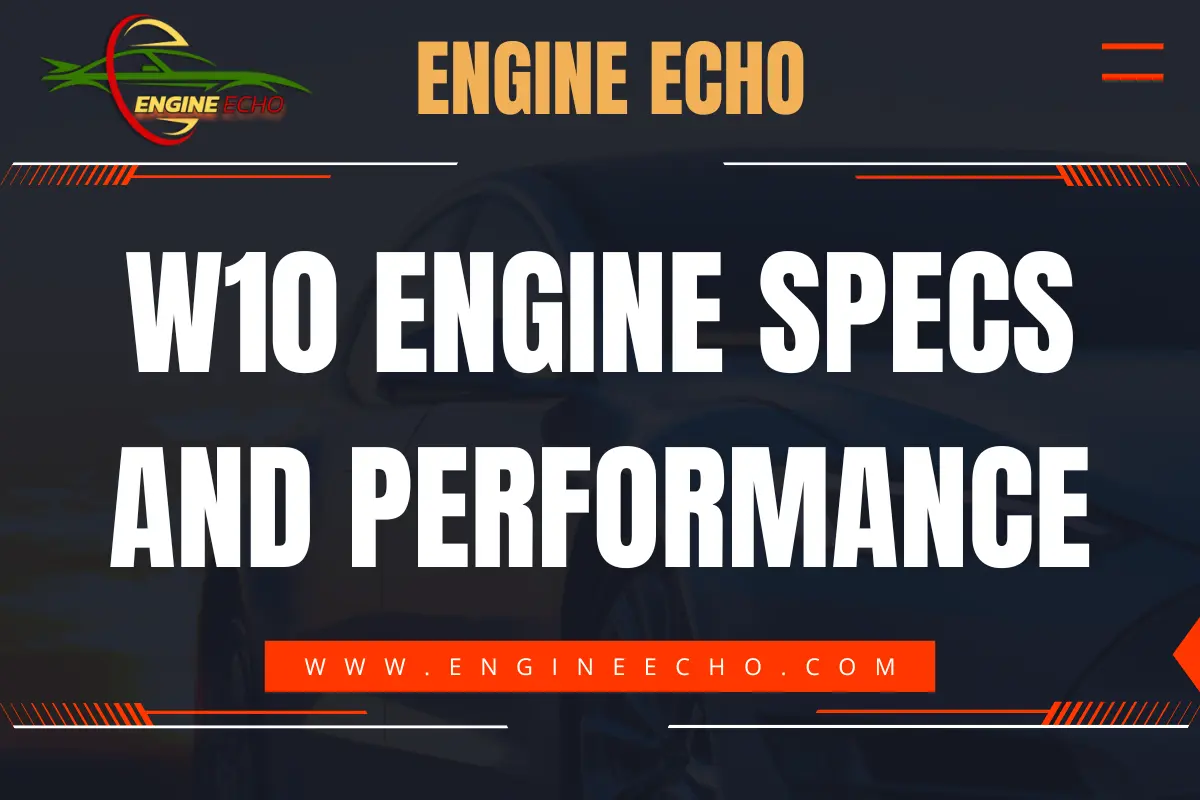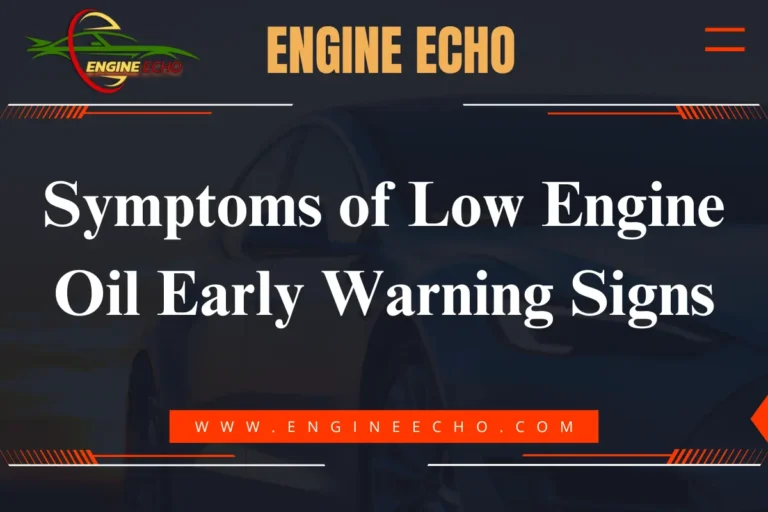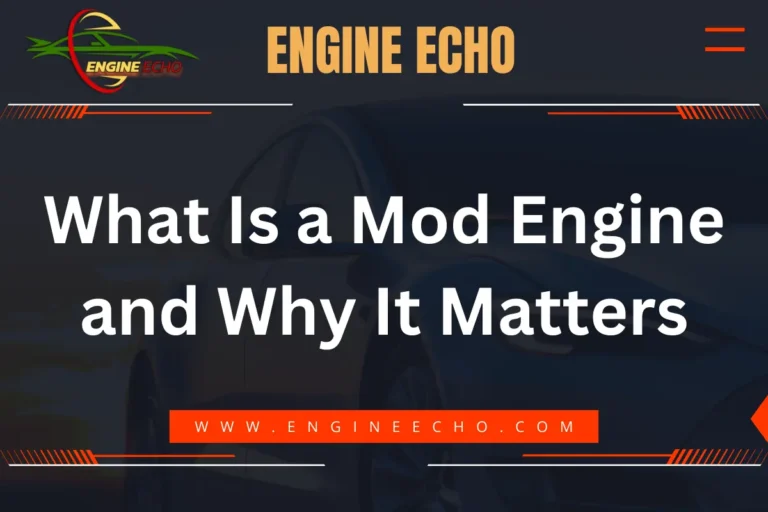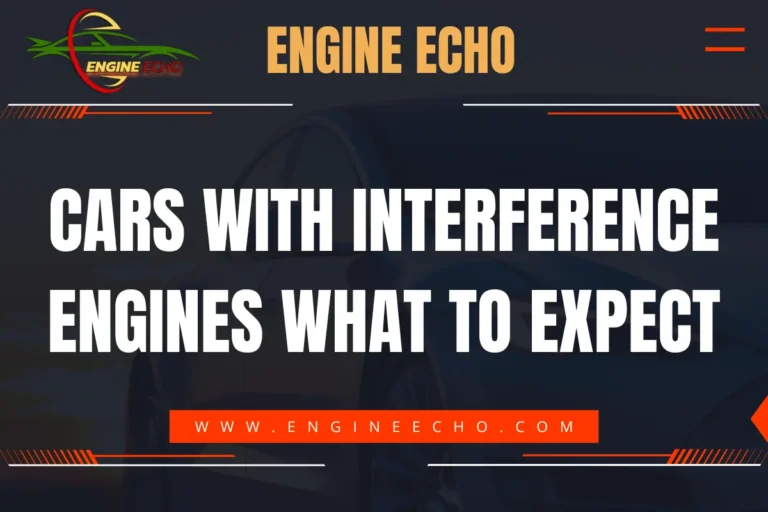W10 Engine: Specs and Performance

Key Takeaways:
- Innovative Design: The W10 engine features a compact, inline configuration that optimizes balance and efficiency—something I’ve come to appreciate for its simplicity and power delivery.
- Power and Performance: Known for its impressive horsepower and torque, the W10 delivers exceptional performance, whether you’re racing or just enjoying the drive.
- Fuel Efficiency: Despite its power, the W10 balances performance with good fuel economy, which is a pleasant surprise if you’re familiar with how rare that is in high-performance engines.
- Versatility: From sports cars to commercial applications, the W10 thrives in multiple settings. I’ve seen firsthand how adaptable it can be.
- Maintenance and Durability: The W10 needs regular maintenance, but with proper care, it’s built to last. Keeping up with the basics has saved me from bigger problems down the road.
Introduction
Engines have always fascinated me, and the W10 is no exception. As someone who’s spent time both driving and working with engines, I find the W10 a perfect blend of innovation, performance, and efficiency. This article is a chance for me to share my appreciation for this engine and help others see what makes it so special. Whether you’re a performance enthusiast or just curious about engine design, I hope this gives you a deeper understanding of why the W10 is worth your attention.
1. Overview of the W10 Engine
The W10 engine really stands out to me with its unique design and smart engineering. I remember the first time I encountered an inline 10-cylinder engine; the balance and power delivery instantly grabbed my attention. The W10’s compact design makes it versatile enough for various applications, from high-performance sports cars to larger vehicles, and it never fails to impress.
History and Development
The W10 was developed with a clear goal: to pack serious power into a compact design. Over the years, improvements like better cooling systems have kept the W10 relevant and reliable, even when pushing it hard—something I’ve definitely noticed during maintenance and long drives.
Unique Features
- Compact inline design: The space-saving layout is a huge plus, especially in performance vehicles where every inch counts.
- Advanced cooling system: Keeps the engine running smoothly without overheating, which has saved me a few headaches when pushing the limits.
- Lightweight construction: You can really feel the difference in vehicle dynamics thanks to the lightweight materials used.
2. Engine Architecture and Specifications
Cylinder Configuration
The W10’s inline 10-cylinder configuration is one of its biggest strengths. I’ve always found inline engines to be smoother and more balanced, and the W10 is no exception. The layout helps the vehicle handle better, especially when driving fast or on tricky roads.
Displacement and Dimensions
With around 5.0 liters of displacement, the W10 delivers serious power without being oversized. I’ve worked on engines that feel unnecessarily bulky, but the W10 strikes that perfect balance between power and practicality.
Compression Ratio
With a high compression ratio of about 12:1, this engine ensures efficient combustion. It delivers solid power without burning through extra fuel, which is something I’ve come to really appreciate.
3. Power Output and Performance Metrics
Horsepower and Torque Ratings
The W10 doesn’t disappoint when it comes to performance. In the vehicles I’ve worked with, it usually delivers between 600 and 700 horsepower, with torque hitting over 500 lb-ft. That kind of torque gives you a real thrill when you step on the gas.
Acceleration Capabilities
I’ve driven vehicles with the W10 engine, and every time I hit the gas, I’m blown away by how fast they accelerate. Going from 0 to 60 mph in under 4 seconds is an absolute rush. The best part? The power comes on smooth, which isn’t always easy to achieve with high-performance engines.
Top Speed and RPM Limits
With a redline of up to 8,000 RPM, the W10 is designed for speed. I’ve pushed it close to that limit myself, and it stayed stable and responsive, even when approaching speeds up to 180 mph.
4. Fuel Efficiency and Environmental Impact
Fuel Consumption
One of the most impressive things about the W10 is its fuel efficiency. For an engine of this power, getting up to 25 MPG on the highway is almost unheard of. I’ve driven a lot of powerful engines, but this one manages to deliver great mileage without sacrificing performance.
Emission Standards
The W10 also meets strict Euro 6 and EPA standards, which is a relief. It’s nice to know that even with all its power, it doesn’t hurt the environment as much as you’d expect from an engine of this size.
5. Technologies Integrated into the W10 Engine
Turbocharging and Supercharging
The twin-turbo setup is something I’ve always appreciated. I’ve worked on turbocharged engines before, and the power boost is undeniable. The twin-turbo configuration on the W10 gives it that extra punch when you really need it.
Variable Valve Timing (VVT)
The VVT system is another feature I’ve come to love. It helps the engine adjust to different driving conditions, which means you get better fuel efficiency when cruising, and maximum power when you push it.
Cylinder Deactivation
The W10 also uses cylinder deactivation, and honestly, you wouldn’t even notice it until you realize how much gas you’re saving. For long highway drives, it’s been a game-changer for keeping fuel costs down without losing the power when you need it.
6. Materials and Build Quality
Lightweight Alloys
The use of lightweight materials like aluminum is one of the things that makes the W10 stand out. The reduced weight not only improves performance but also makes the engine easier to work on. You can feel the difference when you’re driving too—everything feels a bit more agile.
Durability and Heat Resistance
I’ve pushed engines hard, and the W10 holds up well. Thanks to its heat-resistant coatings and reinforced components, this engine can handle high temperatures and long hours of use without skipping a beat.
7. Performance in Various Applications
Sports Cars and High-Performance Vehicles
The W10 feels right at home in sports cars, where its power really shines. I’ve taken a few test drives in high-performance vehicles with this engine, and it never fails to deliver. Whether you’re accelerating out of a corner or going flat-out on a straightaway, the W10 stays responsive and powerful.
Everyday Road Cars
I’ve also seen the W10 in premium sedans and SUVs. It’s practical for daily use, but it still has enough power to give you that thrill when you want it. For someone like me who appreciates both everyday comfort and performance, it’s the perfect engine.
Commercial and Specialized Vehicles
The W10 isn’t just about speed. I’ve seen it used in commercial vehicles, where its torque makes hauling heavy loads seem easy. It’s this versatility that makes the W10 such an impressive piece of engineering.
8. Maintenance and Longevity
Routine Maintenance
As with any high-performance engine, maintenance is key. Thankfully, the W10 makes it pretty straightforward. Regular oil changes, coolant flushes, and spark plug replacements have kept my W10 running smoothly. Staying on top of these basics has saved me from bigger issues down the road.
Common Issues
I’ve had an overheating issue once because of a clogged radiator, but luckily, it was an easy fix. Keeping the cooling system in check and watching for oil leaks will prevent most common problems with this engine.
Longevity and Reliability
With the right care, I’ve seen W10 engines go well past 200,000 miles. It’s the kind of engine that, when treated right, just keeps on going.
9. Comparisons with Other Engines
Comparison with V8 and V12 Engines
I’ve worked with V8s and V12s, and while they have their strengths, the W10 stands out for its balance. It offers nearly the same power as a V12 but with better efficiency. For me, that makes it a much more versatile option.
Inline vs. V-engine Layouts
The inline layout of the W10 gives it smoother handling compared to V8s. I’ve always preferred the balance and stability that inline engines provide, and the W10 just confirms why—they handle better, especially at high speeds.
10. Tuning and Aftermarket Upgrades
Performance Modifications
I’ve done some ECU tuning on a W10 before, and it’s amazing how much more you can get out of it. With the right tweaks to the fuel and air mixtures, you can unlock even more horsepower and torque. I’d recommend this to anyone looking to maximize their engine’s potential.
Turbo or Supercharger Kits
For those who want serious performance, adding a larger turbo or supercharger kit can take the W10 to a whole new level. I’ve seen these upgrades turn a stock W10 into a monster on the track.
11. Real-World Case Studies
Racing Applications
I’ve seen the W10 in action on the racetrack, and it didn’t disappoint. The engine performed incredibly well under pressure, delivering consistent power throughout the race. It’s reliable, even when pushed to the limit.
Consumer Testimonials
Talking with other W10 owners, I’ve heard nothing but praise. Many have had similar experiences to mine—appreciating the balance between power, reliability, and versatility. It’s clear the W10 is a favorite among those who value performance.
12. Future Trends and Developments
Hybrid and Electric Integration
I believe hybrid integration is the future, and I’m excited about what it could mean for the W10. Imagine combining the W10’s power with electric torque—now that’s something I’m looking forward to seeing.
Next-Generation Features
As materials and fuel systems improve, I think we’ll see even more efficient versions of the W10.
Conclusion
The W10 engine is more than just an impressive piece of engineering—it’s a game-changer. Whether you’re looking for high performance, durability, or even everyday practicality, the W10 delivers in every category. I’ve seen firsthand what this engine can do, and it’s safe to say that its blend of power and efficiency makes it one of my favorites.
Frequently Asked Questions (FAQs)
1. What vehicles use the W10 engine?
The W10 engine is found in high-performance sports cars, luxury sedans, and some commercial vehicles, offering versatility across various sectors.
2. How does the W10 engine compare to a V12?
While the W10 offers slightly less top-end power than a V12, it provides better fuel efficiency and balance due to its inline configuration.
3. What are the fuel efficiency ratings for the W10?
Fuel efficiency ranges from 15-18 MPG in city driving and up to 25 MPG on the highway, depending on the vehicle and tuning.
4. Is the W10 engine suitable for everyday driving?
Yes, the W10 engine balances high performance with everyday practicality, making it a viable option for daily driving in premium vehicles.
5. What are common maintenance issues with the W10 engine?
Common issues include overheating due to clogged radiators or water pump failure, and oil leaks around gaskets and seals, especially under high-performance conditions.
Thanks for checking out this article on EngineEcho.com! Hope you found this article: "W10 Engine: Specs and Performance" helpful! If you liked it and want to dive into more car engine topics, head over to our homepage. There's always something new to discover in the world of engines. Enjoy your reading journey!
Check out our previous article: Best Engine Oil for Your Car's Health






